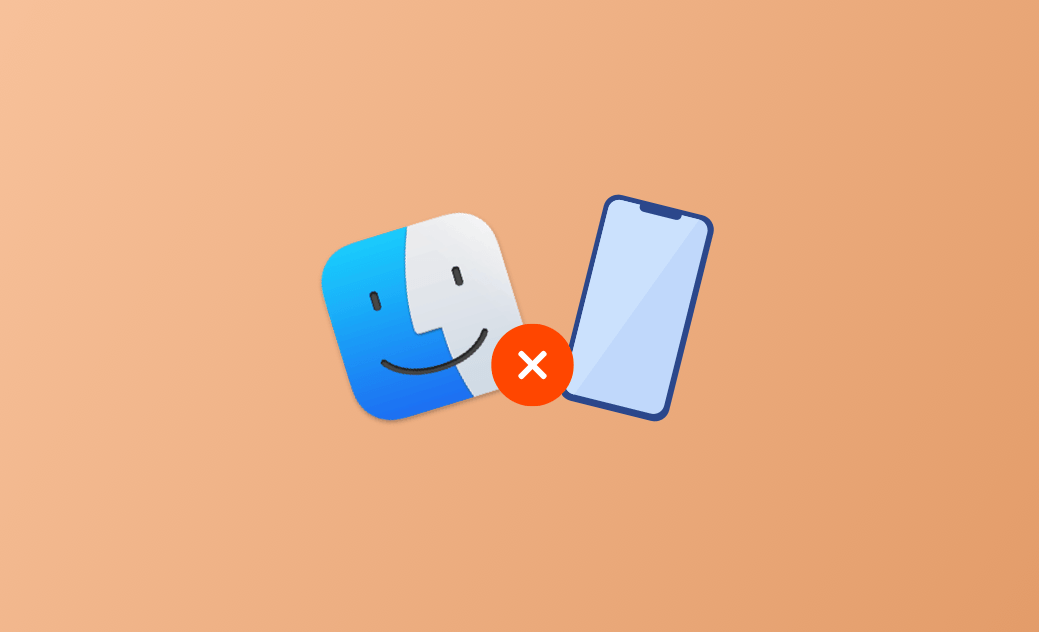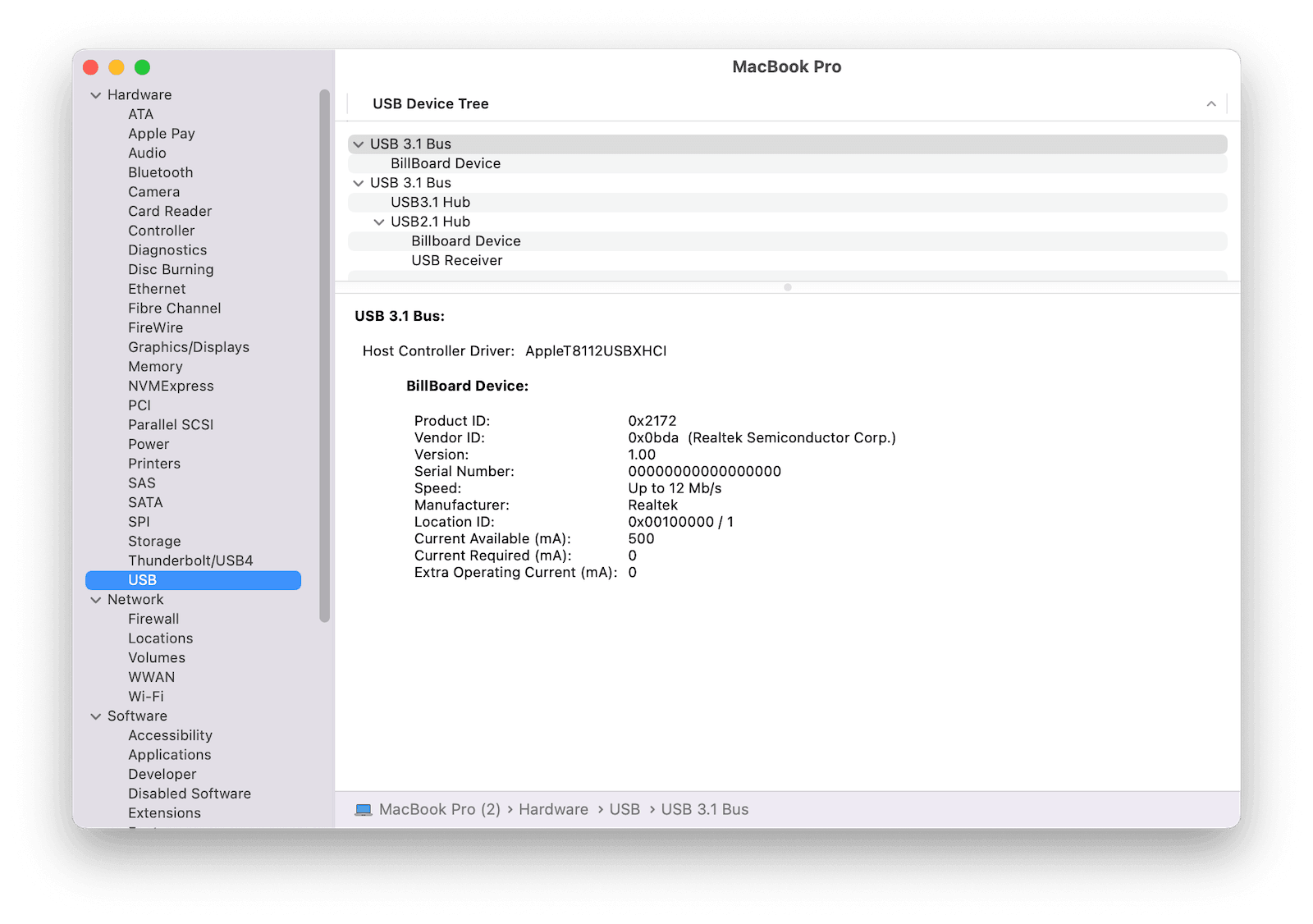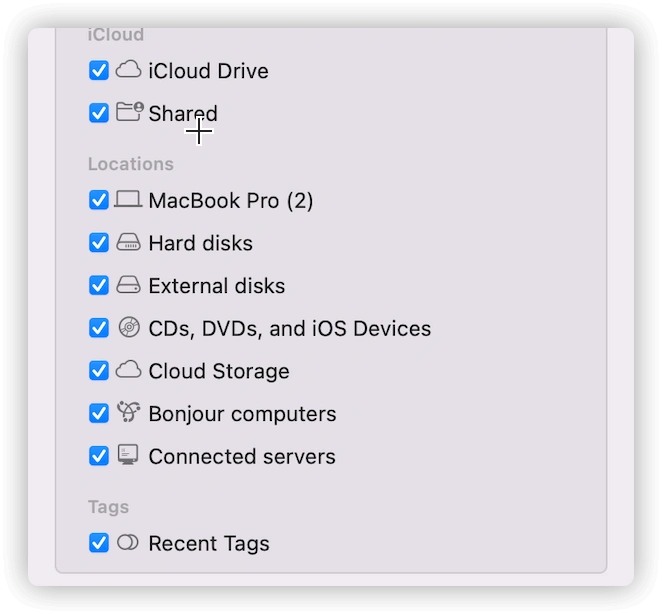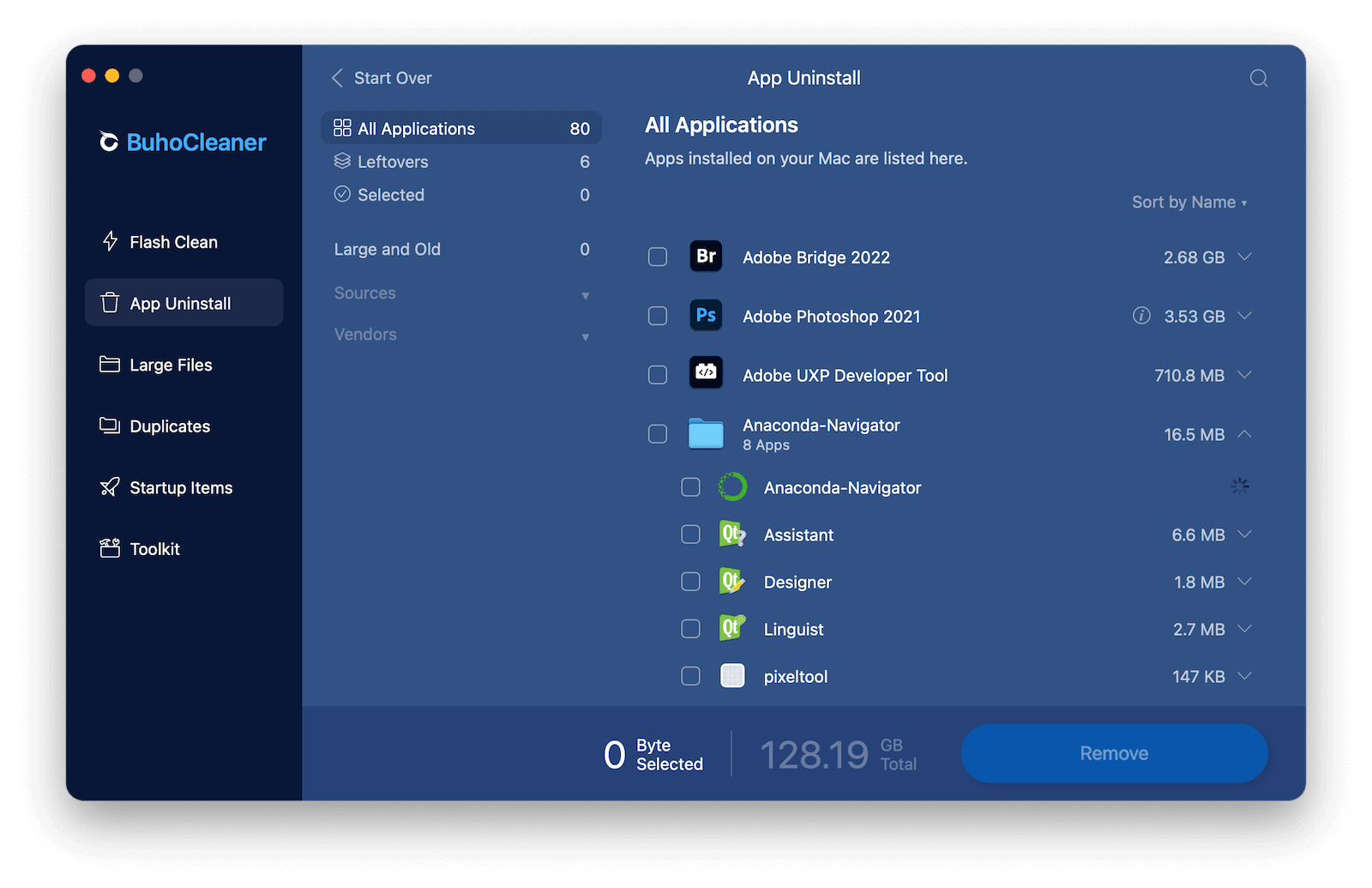We will provide you with helpful steps and tips on what to do when Finder fails to recognize your iPhone. Keep reading for valuable insights!
When it comes to backing up, managing, or recovering iPhone data on your Mac, the initial step involves connecting your iPhone to your Mac. However, there are instances where you may encounter a situation where despite the connection between your iPhone and computer, the Finder is unable to detect your device.
If you’re facing the issue where your iPhone doesn’t show up in the Finder sidebar, worry not as you’ve landed in the right spot. In this guide, we have curated a list of 10 effective solutions to assist you in resolving this matter.
Let’s get started.

How to Fix “iPhone Not Showing up in Finder” Problem on Mac
Check Your USB Cable
The primary reason why your Mac cannot read your iPhone is a problem with your USB cable. Just disconnect your iPhone from your Mac and try again or use another original USB cable. Once your iPhone and Mac are properly connected, you should see that your iPhone is charging.
Make Sure Your iPhone is Unlocked and the Home Screen is Visible
When you plug your iPhone into your Mac, you might see a message on the iPhone lock screen saying Unlock iPhone to Use Accessories. This is because of USB Restricted Mode, a security feature in iOS 12 and later.
To help the Finder recognize your iPhone, you should make sure your iPhone is unlocked and the Home screen is visible.
Allow “Trust This Computer”
The first time you connect your iPhone to a Mac or other device, you’ll be asked to trust the computer. Only trusted computers can sync with your device, create backups, and access photos, videos, contacts, and other content on your iPhone.
If you’ve previously chosen not to trust your computer and want to reset that decision, you can do so by going to Settings > General > Reset > Reset Location & Privacy on your iPhone. Then, reconnect your iPhone to your Mac and select “Trust” when asked if you trust this computer.
Check the USB Ports
Still can’t connect your iPhone to your Mac? Try another USB port. It is recommended that you disconnect other external accessories to avoid interference between modules.
If that doesn’t work, check if there is a problem with the USB hardware. Here’s what you should do:
- Click the Apple menu and select About this Mac.
- Click System Report.
- Click the USB option under Hardware. (A red flag will appear if there is a problem.)

Disconnect and Reconnect Your USB Hub
If you’re using a USB hub to connect your iPhone to your Mac, disconnect and reconnect your USB hub, then check if your iPhone shows up in Finder.
If a pop-up window appears when you plug the USB hub into your Mac, click the Allow button.
Set Finder to Show Your iPhone
Another reason your iPhone isn’t showing up in the Finder sidebar is that you didn’t set up the Finder correctly. Follow these steps to set up the Finder to show your iPhone:
- Click on the Finder menu bar, then select Preferences.
- Under the Sidebar tab, find Location.
- Tick the CD, DVD, and iOS devices option, and your iPhone should appear in the Finder sidebar.

Restart Devices
Sometimes, a simple restart can fix a lot of minor issues. Try restarting both your Mac and your iPhone.
Uninstall Antivirus Software
Using antivirus utilities from unfamiliar sources might prevent the “Trust This Computer” pop-up from appearing when connecting your iPhone to your Mac. For thorough removal of unwanted antivirus software, consider BuhoCleaner, a Mac-specific cleanup tool. This tool not only uninstalls unwanted apps but also efficiently clears cache files, duplicate photos, large files, and other unnecessary files to create more space on your Mac.
Here’s how to uninstall unwanted apps on Mac with BuhoCleaner:
- Download, install, and open BuhoCleaner.
- Click on App Uninstall in the sidebar and you will see all installed apps.
- Find the apps or software you don’t need, check them, and click the Remove button.

Update iOS and macOS
If none of the above methods solve your problem, update your iOS and macOS and try again.
Don’t forget to back up your device before updating to avoid any risks of data loss.
Contact Apple Support
Finder still doesn’t recognize your iPhone? Then contact Apple Support for help.
You can visit a nearby Apple Store or go to Apple Support, select a topic, and ask for support by call or chat.
Bonus Tip: How to Fix “Finder Cannot Read the Contents of Your iPhone”
Sometimes, when you encounter the issue of Finder showing your iPhone but not being able to read its contents, it can be frustrating. The usual solution is to restore your iPhone to factory settings, but this can lead to data loss if you haven’t backed up your device.
However, there is a simple workaround to access your iPhone content without resorting to a factory reset. By using an iPhone file management tool like iTools, you can resolve this problem quickly. Connect your iPhone to your Mac using a USB cable, launch iTools, navigate to its file manager function, find the iTunes Control folder, locate and delete the file named iTunesCDB.
After completing this step, reconnect your iPhone to your Mac, and you should find that the Finder can now read your iPhone’s contents. This method is also effective when iTunes faces difficulty in reading your iPhone’s data.
Conclusion
These are the 10 fixes for the issue of your iPhone not appearing in the Finder when connected to your Mac. We trust that you have managed to establish a successful connection between your iPhone and Mac using one of the aforementioned methods. Now, you should be able to effortlessly organize and manage your iPhone content directly on your Mac.
It’s important to note that when backing up your iPhone to a Mac, it can consume a considerable amount of storage space. To ensure that you have sufficient space available for the backup process, we recommend utilizing BuhoCleaner, a reliable tool designed to optimize and clean up your Mac system effectively. By freeing up space on your Mac, you can guarantee a smooth and hassle-free backup operation for your iPhone.
